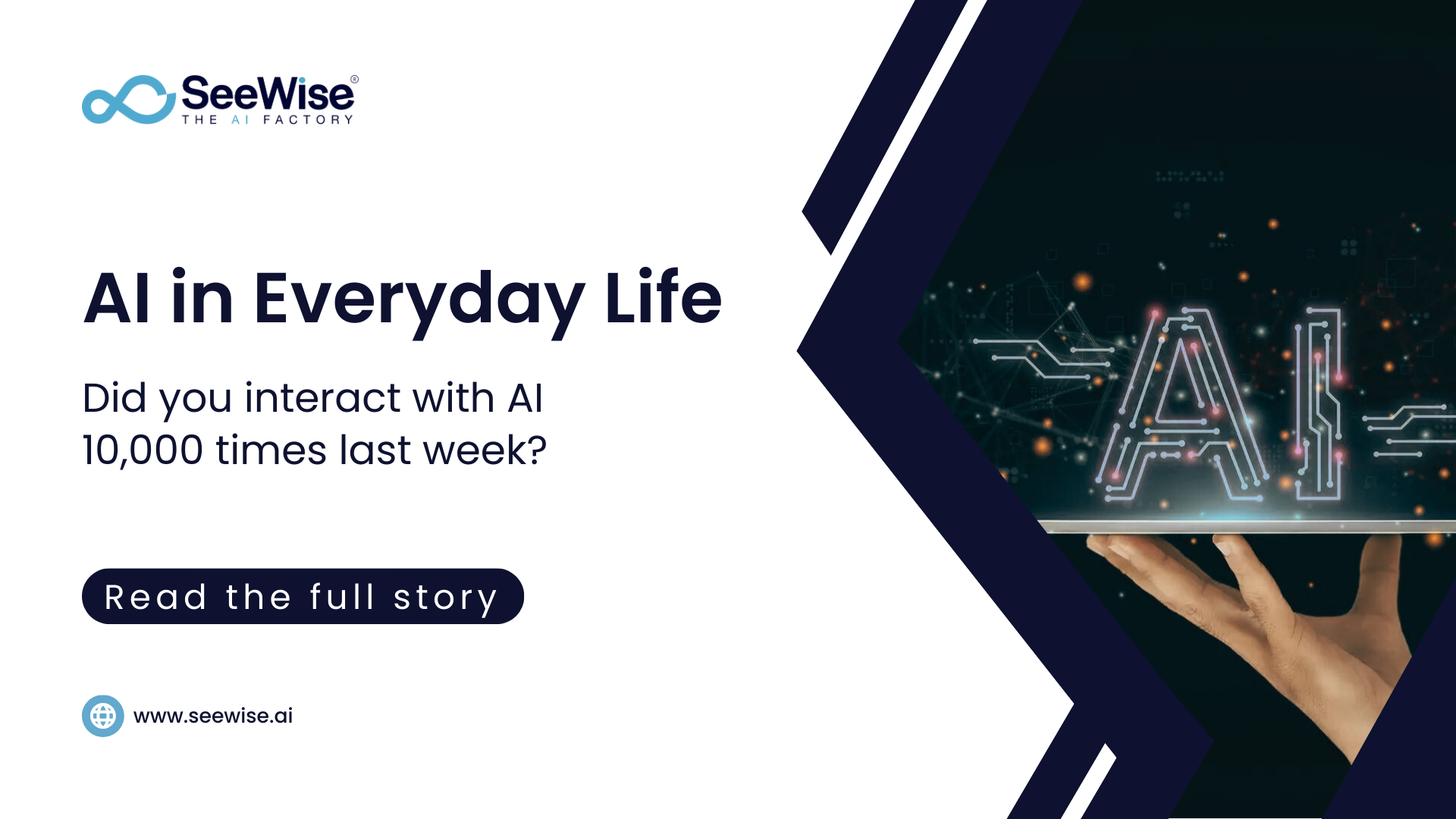10 Essential Terms to know in the AI Era

Did you know that you interacted with AI at least 10,000 times in the past week alone?
Think about it – from personalized recommendations on your favorite streaming service to spam filtering in your email, AI is woven into the fabric of our daily lives. This statistic highlights the ubiquity of AI and underscores the importance of understanding how it works.
We might not always be aware of these interactions, but they showcase the immense power and influence of AI. Understanding the key terms that underpin this technology empowers us to navigate this rapidly evolving landscape, separate fact from fiction, and harness the potential of AI for positive change.
Artificial Intelligence (AI)
Artificial Intelligence, often abbreviated as AI, refers to the simulation of human intelligence processes by machines, particularly computer systems. These processes include learning (the acquisition of information and rules for using the information), reasoning (using rules to reach approximate or definite conclusions), and self-correction. AI has permeated various sectors, from healthcare to finance, transforming traditional methods with its ability to analyze vast amounts of data and perform complex tasks autonomously. In the context of Industry 5.0, AI is pivotal in creating more collaborative environments where humans and machines work seamlessly together.
Machine Learning (ML)
Machine Learning is a subset of AI that involves the development of algorithms and statistical models that enable computers to perform tasks without explicit instructions, relying on patterns and inference instead. ML algorithms build a mathematical model based on sample data, known as 'training data,' to make predictions or decisions without being explicitly programmed to perform the task. This capability is particularly beneficial in AI for manufacturing, where predictive maintenance and quality control are crucial.
Deep Learning & Artificial Neural Networks
Deep Learning, a subset of ML, employs artificial neural networks with multiple layers (hence 'deep') to analyze various factors of data. These networks are designed to mimic the human brain's neural structure, allowing machines to process data with a high level of abstraction and make complex decisions. Large Vision Models are a prime example, as they can analyze and interpret extensive visual datasets, enhancing applications in areas such as medical imaging and autonomous vehicles.
Large Language Models (LLMs)
Large Language Models are advanced AI systems trained on vast amounts of text data to understand and generate human language. These models, such as GPT-4, can perform tasks like translation, summarization, and conversation, demonstrating a profound understanding of context and nuance in language. The integration of LLMs into AIOT (Artificial Intelligence of Things) devices is revolutionizing how we interact with our smart environments, from voice assistants to automated customer service.
Natural Language Processing (NLP)
Natural Language Processing is a branch of AI that focuses on the interaction between computers and humans through natural language. The goal of NLP is to enable computers to understand, interpret, and respond to human languages in a valuable way, facilitating tasks such as sentiment analysis, language translation, and chatbot interactions. NLP's advancements are crucial for developing AI smart cameras that can interpret and respond to voice commands, enhancing user experience in various applications.
Computer Vision
Computer Vision is a field of AI that enables machines to interpret and make decisions based on visual data from the world. It involves techniques for acquiring, processing, analyzing, and understanding digital images, allowing machines to recognize objects, track movements, and detect anomalies. This technology is integral to AI smart cameras, which are used in everything from security systems to autonomous vehicles, providing enhanced surveillance and operational efficiency.
Generative AI
Generative AI refers to algorithms that can create new content, including text, images, music, and more. These models learn patterns from existing data and generate new data that resembles the training data. Applications include content creation, art generation, and even drug discovery. In the manufacturing sector, generative AI can optimize design processes and create innovative solutions to complex problems.
Prompt & Prompting
Prompting involves giving an AI model specific instructions or starting points to guide its output. In the context of LLMs, prompts are the inputs or questions provided to the model to generate relevant responses. Effective prompting can significantly enhance the quality and relevance of AI-generated content, particularly in applications like customer support and automated content creation.
Chain-of-Thought (CoT) Reasoning
Chain-of-Thought reasoning refers to a method in which AI models generate answers by breaking down problems into intermediate steps, similar to how humans think through problems. This approach improves the model's ability to solve complex tasks by promoting a step-by-step reasoning process. CoT is instrumental in developing AI systems that require logical reasoning and multi-step problem-solving capabilities.
Hallucination
In the context of AI, hallucination refers to the phenomenon where models generate incorrect or nonsensical information that appears plausible. This issue highlights the importance of model accuracy and the need for continuous improvement and validation of AI systems. Ensuring reliability and accuracy is especially critical in AI for manufacturing, where erroneous data can lead to significant operational disruptions.
The Future of AI: A Glimpse into Upcoming Posts
This blog post has equipped you with the essential vocabulary to navigate the exciting world of AI. But this is just the beginning! The field of AI is constantly evolving, with new advancements emerging at a rapid pace. In future posts, we'll delve deeper into how these technologies are shaping specific industries and transforming everyday experiences, including the integration of AIOT and the rise of Industry 5.0.

